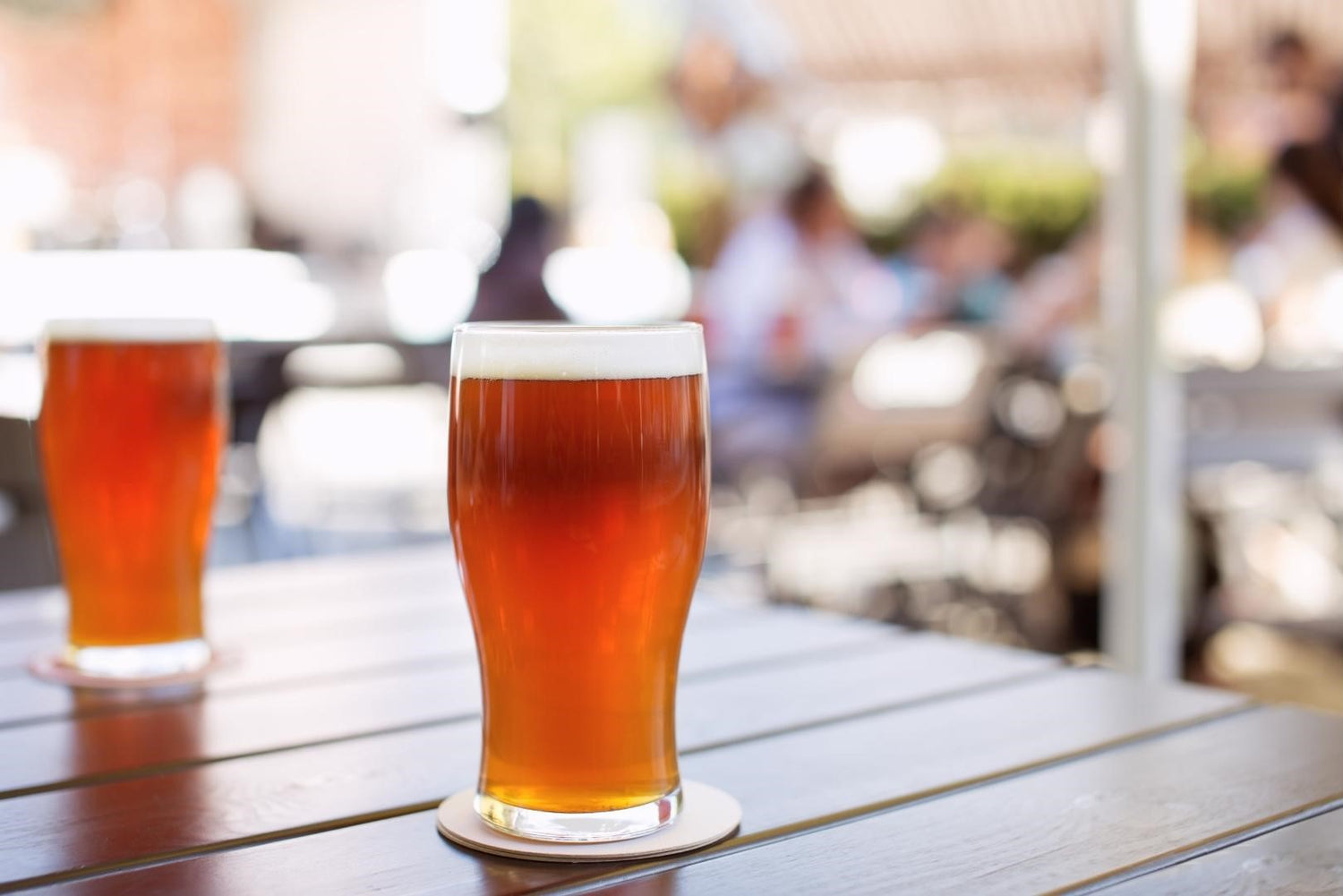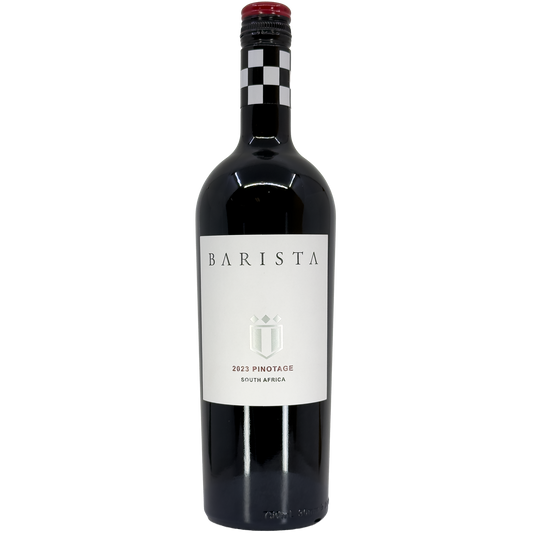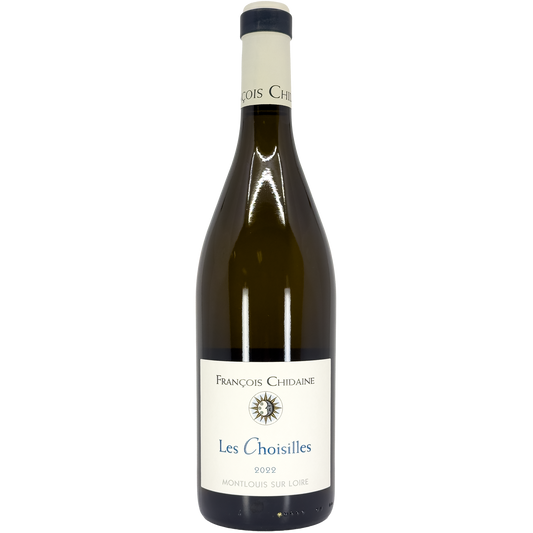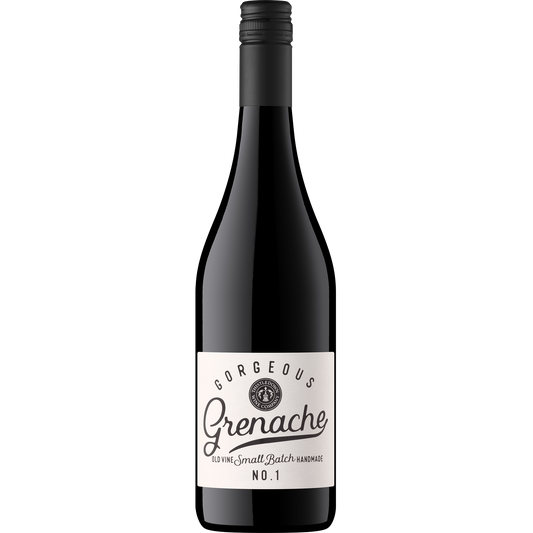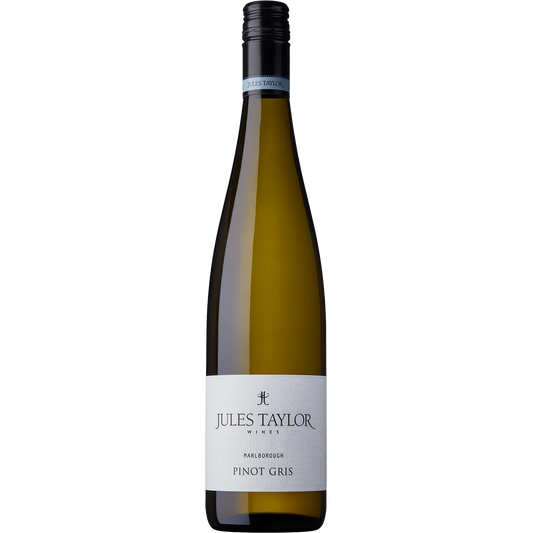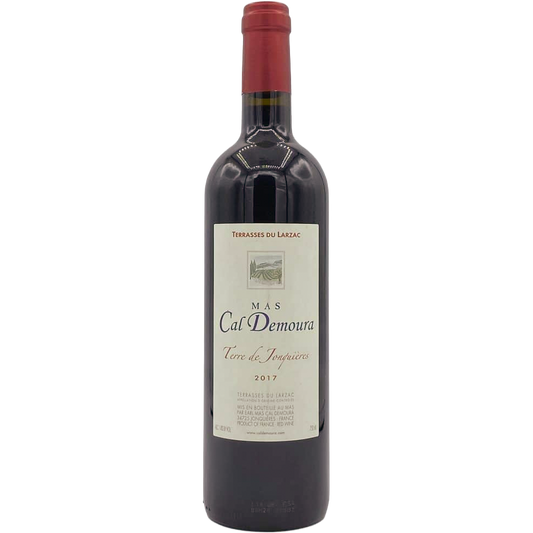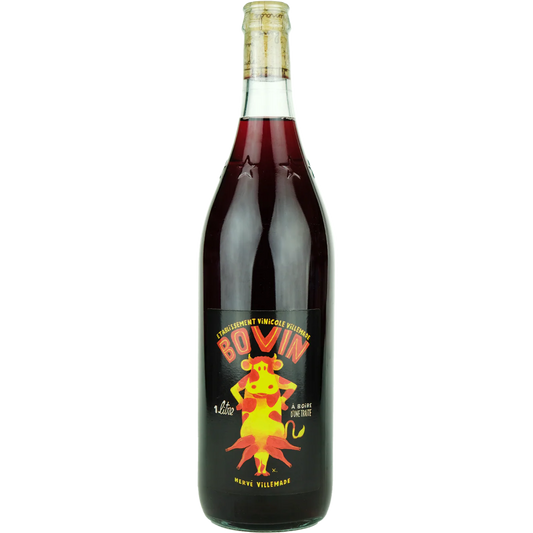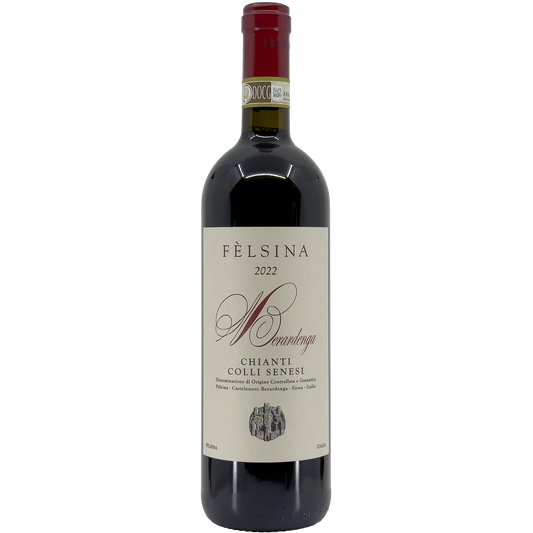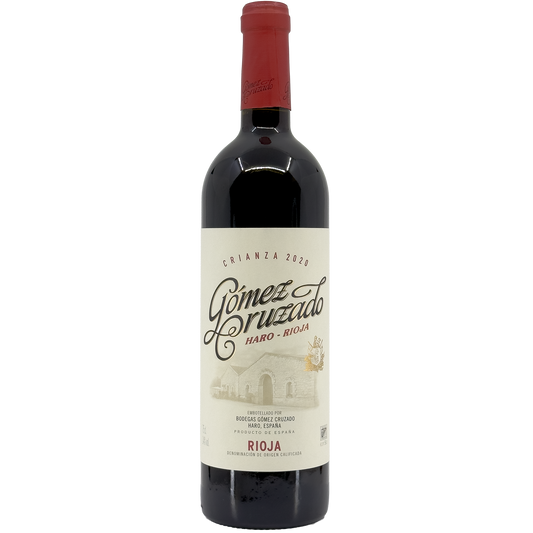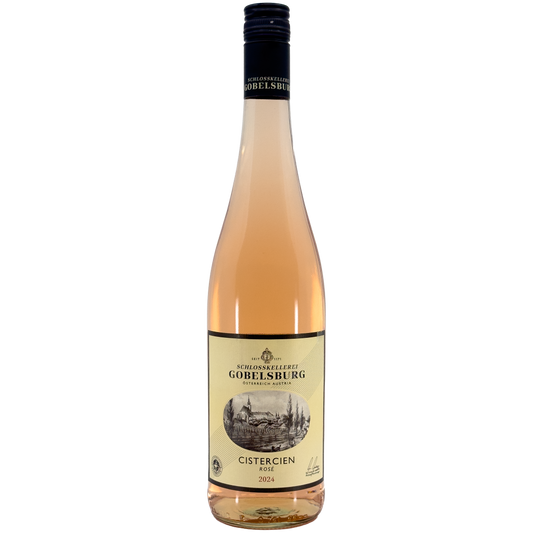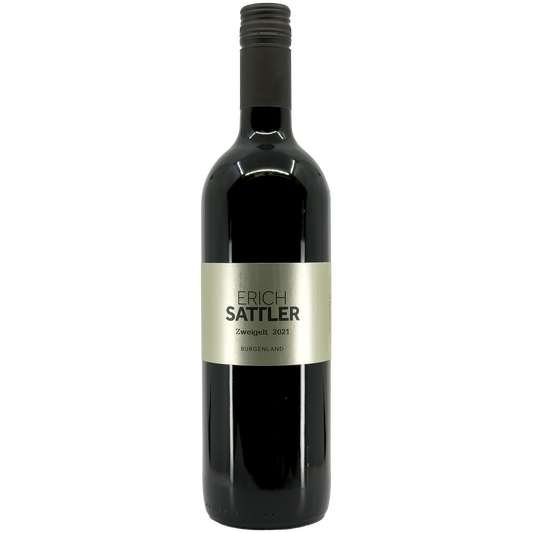Most people think a beer is a beer. But, the differences between most mass-produced beers are hardly discernible from one another. And when you're buying them by the case, you're likely to care more about price and flavor differences.
But let's say you're starting to mature in your understanding of adult beverages altogether. First, you notice that wines come in different colors, and so do beers. And then, you start to see that color affects the taste. And then you realize that some wines are dry, and some are sugary. Some beers are smooth, some are bitter, and others are fruity. Maybe you've started to ask for a specific brand of gin or realize that the martinis stirred—not shaken—taste different.
Then someone orders or offers you an IPA, and you wonder, What's an IPA?
What is IPA Beer?

The truth is alcoholic beverages vary greatly across several factors: what they're made from (usually some grain), what fermentation process they go through (that's what produces the alcohol), what they're stored in, and for how long. And the difference which composition and taste, and alcohol content all impact what they're paired with and why.
So that brings us back to, What's an IPA?
I. P. A. stands for India Pale Ale. So that tells us a couple of things about it without much trouble: It's ale and pale. So what's India got to do with it?
India Pale Ale first became a thing in the 1800s when India was a British colony. British troops were sent from England to India and along with them went IPA. So, of course, today's IPAs don't make the trek to India just to be called that, but it's not just any old ale that is pale.
So, what makes an IPA today?
Well, it all comes down to the tradition of what made an IPA particularly suited to be sent to troops in India in the days of no refrigeration.
One theory goes that the English brewers would increase the hops and alcohol content so that it could travel for months without refrigeration to and through India (known for its excessive heat) and still be something the troops would want to consume.
Now theories diverge on what was more important: the hops or the alcohol. The higher hop content certainly made it a bitter beer, for which the British troops developed a taste. However, the bitterness was better than the weak, bland, rotten-vegetable taste that a lower hop value seemed to exude once the regulars popped one open in Madras.
But the higher alcohol concentration also dulled the taste buds and seemed a welcome reward for those soldiers stationed in a hot, dry climate away from hearth and home.
Whatever the reason, the IPA became a staple in colonial India, only to have a significant popularity surge in the second decade of the 21st century among American beer lovers.
What is the difference between an IPA and a regular beer?

Well, what is regular beer anyway? Beer itself is defined as an alcoholic beverage (one of the oldest and most widely consumed, I might add) made through a process of brewing and fermenting starches from cereal grains. The most common is malted barley. Corn or maize, oats, rice, and wheat are other cereals.
So, an IPA is a regular beer and is just one of many styles. All pale ales are also known as bitters. They are typically pale in color but can range from golden to amber. IPAs are usually the bitterest of pale ales because of the increased time the hops are left in during the boiling process. As a result, they don't typically taste "hoppy," unless hop is used to finish the process. The longer the hop is boiled in the earlier stages, the more bitterness, but the less hops taste and aroma are left, which is why it must be re-added at the end if you want a beer that is both bitter and hoppy.
Are craft beer and IPA the same?

No, they refer to different things. IPA is a type of beer. Craft beer is produced in small batches (which many IPAs are) and often only has a local following. But several larger breweries also mass-produce, bottle, and ship IPAs widely.
When finding a favorite (or sampling widely), try both non-craft and craft IPAs.
What IPA should I start with?
The truth is: there are likely thousands of available IPAs available at any given moment. Their availability will depend on where you are.
The internet has no shortage of suggestions for which IPA you should try first, but here's our favorite method for finding your new favorite IPA:
- The one your favorite microbrewery/pub makes and sells exclusively
- The one your favorite local brewery makes and sells locally
- The personal recommendations from Wine Dispensary
- The one your friend the homebrewer makes and shares with friends

